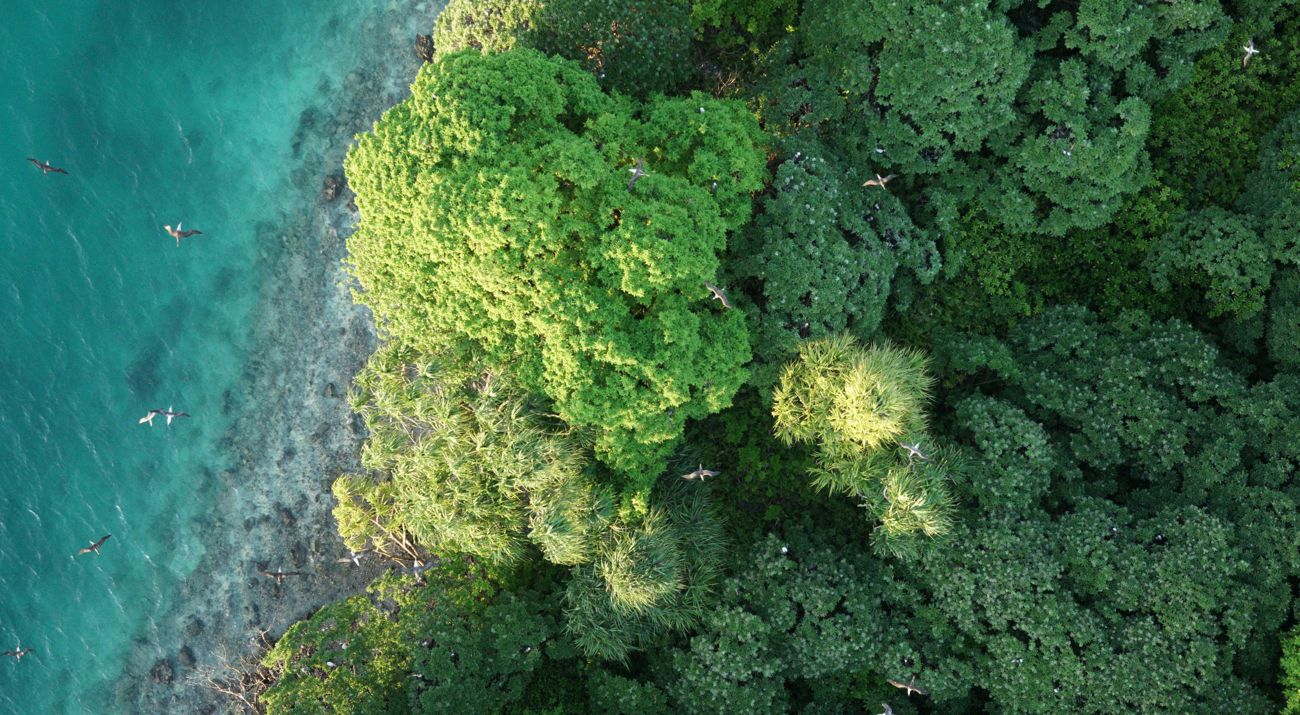2023 Geospatial Annual Report
Our fifth edition focuses on Earth observation technology that is advancing our science and policy work.
Media Contacts
-
Zach Ferdaña
Director, Conservation & Geospatial Systems
The Nature Conservancy
Email: zferdana@tnc.org
We are pleased to present our fifth-edition Geospatial Conservation at The Nature Conservancy Annual Report & Map Book. Every year The Nature Conservancy (TNC) compiles conservation technology stories across the organization that highlight our geospatial science. Geospatial technology—the combined disciplines of Geographic Information Systems (GIS), Earth observation (EO), including remote sensing, as well as more recent developments in machine learning and generative AI—continue to inform TNC’s conservation science and planning strategies. This edition focuses on the role of EO in advancing our science and policy work. Highlights include:
- A foreword from our Chief Scientist, Katharine Hayhoe
- A map of projects around the world where EO technology is driving critical conservation decisions
- Results from our annual survey that reached more than 1,800 staff
- A feature story on using drones to map and monitor important marine ecosystems and species across the Pacific Ocean
- Additional EO applications from Lake Tanganyika, Hawaii, California and Montana
- A foldout section on TNC’s Regenerative Foodscapes strategy
- A cartography Map Spotlight on tracking mountain lions in California
Get the 2023 Geospatial Annual Report
Download the PDF“In a world where each location has its story, advancements in geospatial and Earth observation technologies are revolutionizing how we understand and interact with our environment. From acoustic monitoring systems and autonomous drones to innovations in artificial intelligence and data analytics, technology offers increasingly profound insights into Earth's systems and how human activities are reshaping them. TNC is using these tools to accelerate our ability to address the climate and biodiversity crises and meet our 2030 goals.”
—Katharine Hayhoe, The Nature Conservancy Chief Scientist
View the Digital Companion
Explore the Digital CompanionWe hope you find this edition inspiring as TNC continues to drive toward meeting its 2030 conservation goals leveraging geospatial science. See more of our geospatial conservation portfolio in our Geospatial Conservation Atlas.
The Nature Conservancy is a global conservation organization dedicated to conserving the lands and waters on which all life depends. Guided by science, we create innovative, on-the-ground solutions to our world’s toughest challenges so that nature and people can thrive together. We are tackling climate change, conserving lands, waters and oceans at an unprecedented scale, providing food and water sustainably and helping make cities more resilient. The Nature Conservancy is working to make a lasting difference around the world in 81 countries and territories (40 by direct conservation impact and 41 through partners) through a collaborative approach that engages local communities, governments, the private sector, and other partners. To learn more, visit nature.org or follow @nature_press on X.
